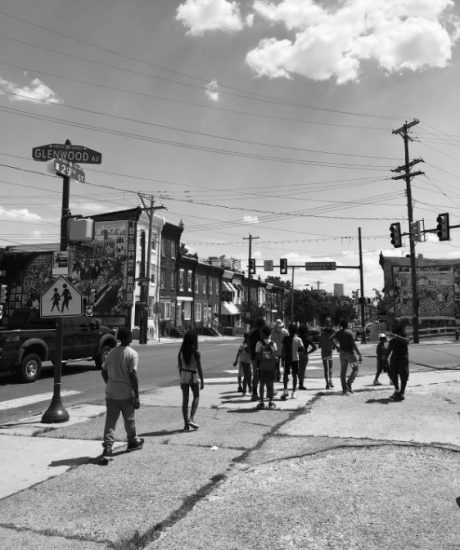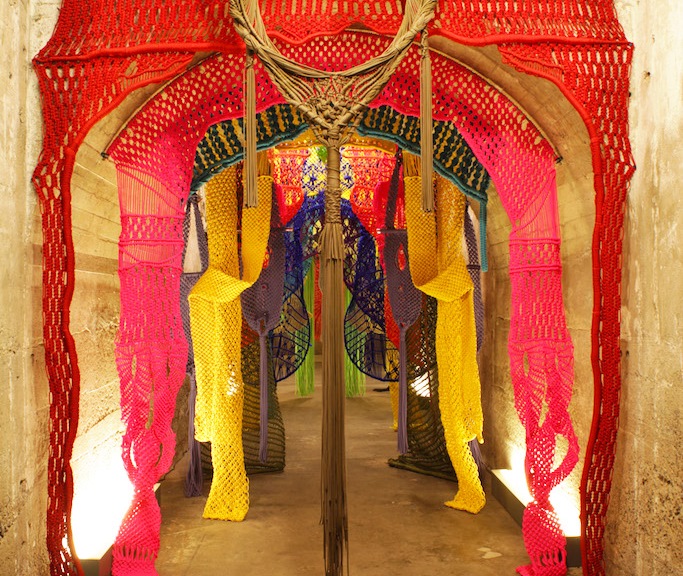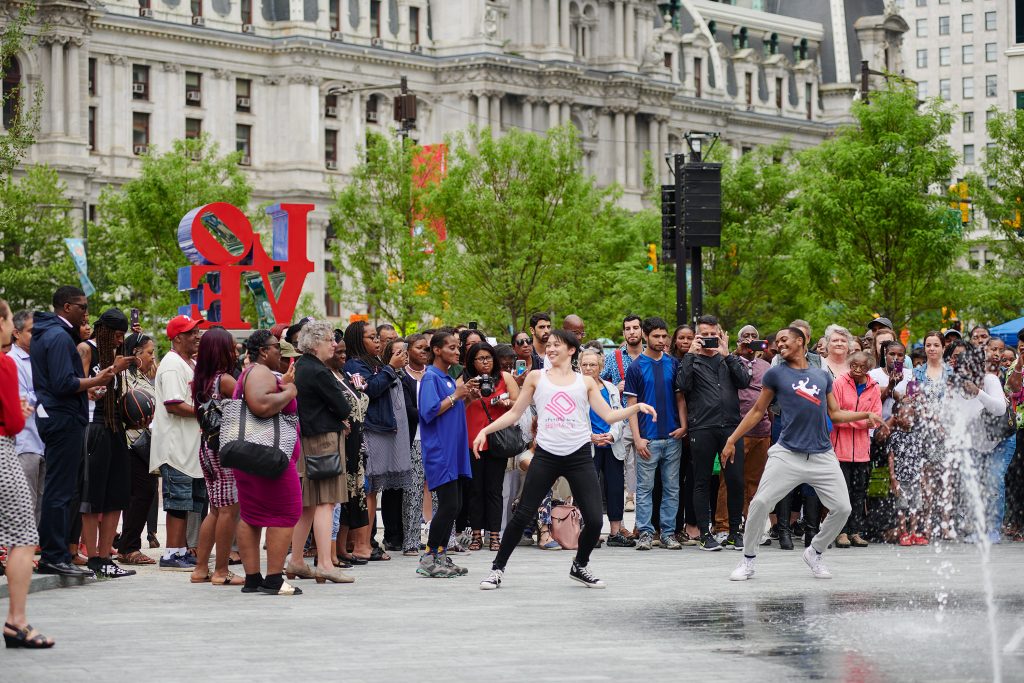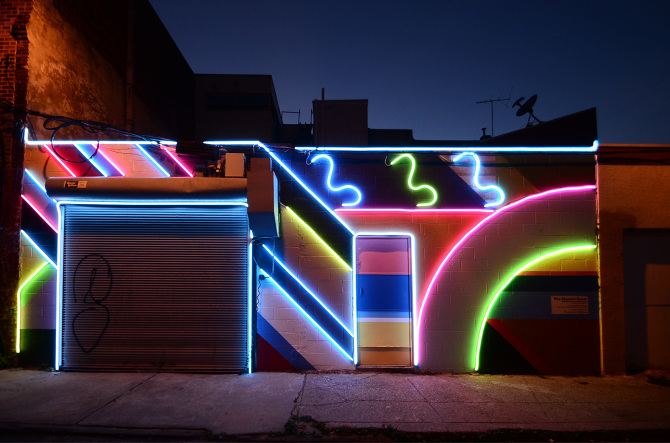Intisar “Star” Hamilton is the teaching artist hired by Fairmount Park Conservancy to lead a new photography program, My Park, My Neighborhood, taking place in East Fairmount Park this summer. The program—developed in partnership with the Strawberry Mansion Neighborhood Action Center, the Strawberry Mansion Learning Center, and the East Park Revitalization Alliance—offers local youth a chance to learn digital photography and storytelling techniques while connecting with nature and exploring the history of their neighborhood.
We had the chance to get to know Star during a free moment of the ongoing photography camp, and what she hopes her students will get out of the experience.

Can you tell us about your relationship to Philadelphia?
It’s a part of me. My immunization system was built on the pollen, local fauna and tap water of this place. […] It’s not perfect, it’s not always pretty, but she’s a place where real things have happened and are happening. […] Philly is home.
What about your relationship to Philadelphia’s parks?
It’s easy to presume a positive connotation to the idea of parks and what takes place in them, but in “my” Philadelphia the parks never felt like a place that was for me, or those who looked like me, or lived where I lived. […] But I also know I benefit from the parks—trees and green spaces are necessary for a healthy ecosystem. The tap water that I love wouldn’t taste the way it does without our park system. The grid for how the city was mapped wouldn’t exist without the parks.
How has your relationship with Philly parks evolved since then?
As an adult, my relationship with Philly Parks is growing. I’ve been through some of the trails off Lincoln Drive with friends, catching sunrises and taking interesting photos. As a family, we have a favorite park, Lemon Hill, which is an absolute jewel. […] And now through my work with the Conservancy and the City, my appreciation for the parks and all of the work that goes into maintaining them has skyrocketed. The next thing on my list is a family hike so we’ll see how that goes.
It’s a new and burgeoning relationship. You could say the parks and I are dating.
What role do you think the arts play in cities?
They are vital. Period.

I’ve been taking pictures since I was a kid, but only in the past six months have I started to use photographs in my artistry. My current neighborhood is changing at an alarming pace and the only way to capture what was happening was through photography. It’s turned into an ongoing project titled “The rubble of progress.”
What drew you to the My Park, My Neighborhood photography project?
I make art to express my freedom in this contemporary context. This camp spoke to me because it’s an opportunity for kids to speak their truth, to show the world what they see, just as they see it. It’s a special thing to witness when a child grabs hold of their freedom. It’s a blessing to be a part of that.
It’s been two weeks so far – in what ways have you seen your students’ relationships to Philadelphia’s parks and their community evolve?
They are starting to open their eyes and truly see the beauty that is all around them. When we are outside taking pictures, we look at everything: tree roots, trash collecting in a gutter, insects, people, buildings, the sidewalk, EVERYTHING. We get real close up, and I ask them “what do you see?”
We take a couple steps back and I ask them again, “Now, what do you see?”
Taking a moment to notice how the bark on a tree and the growth of its branches looks like a hand with rippling skin. Walking into a car repair garage and finding trolley tracks. Seeing first hand how a community can come together and clear mattresses from abandoned lots so kids can have a clean and safe place to play. Standing in an open field that used to be houses and noticing how the overgrowth makes the frame look like a theater. And to stand in that same spot and you look to the right and find a house that is falling apart with a sofa on top of a table, and dishes still in the cabinets.
They are opening up to the idea that their neighborhood can be a place of wonder.
What do you hope your students will ultimately get out of this experience?
I hope they have fun, I hope it makes them think, and I hope we make our ancestors proud.
This conversation has been edited and condensed for clarity.
The My Park, My Neighborhood Program will culminate in a student exhibition at the Hatfield House on August 31st. To learn more about the Arts & Culture program at the Conservancy, click here.



